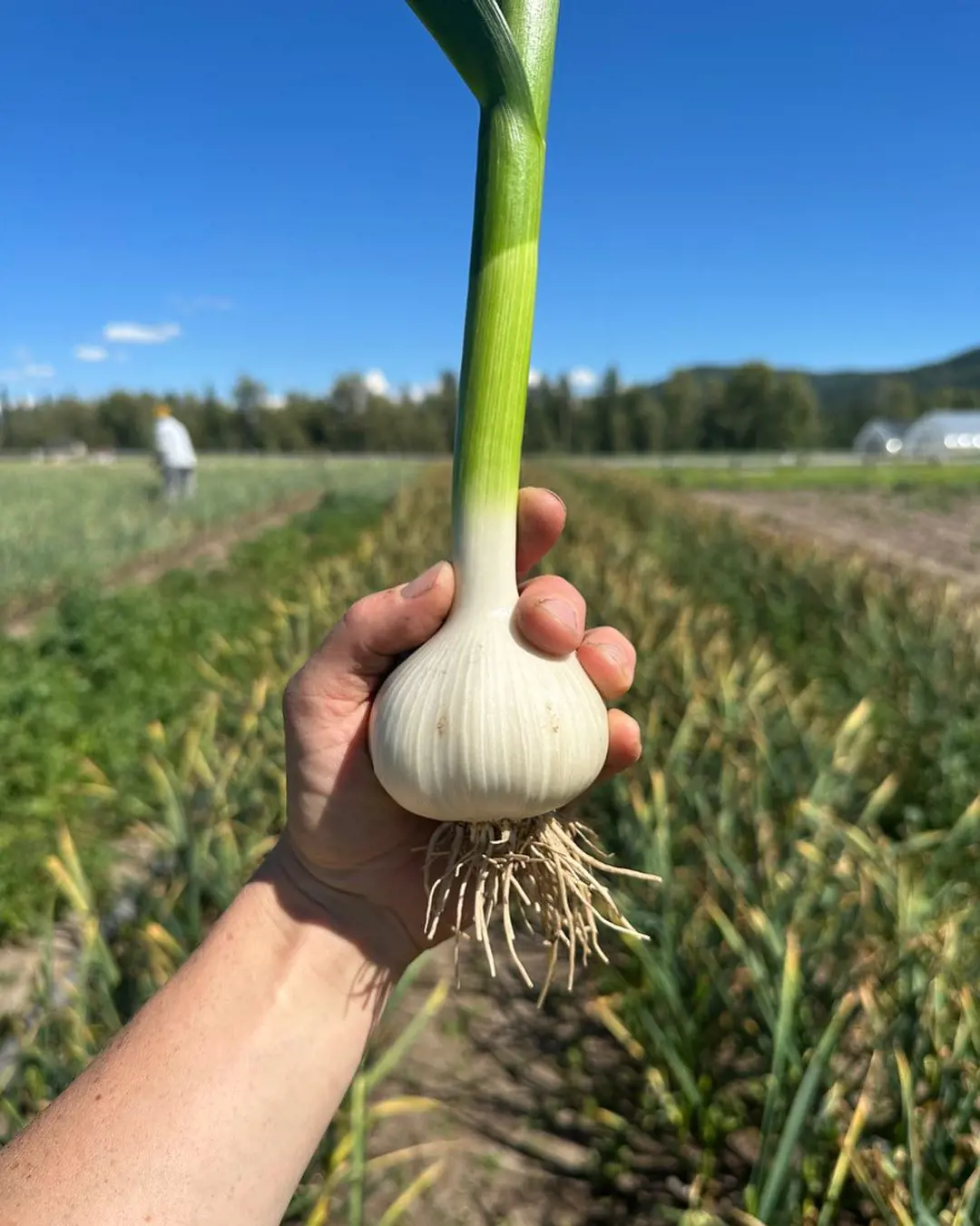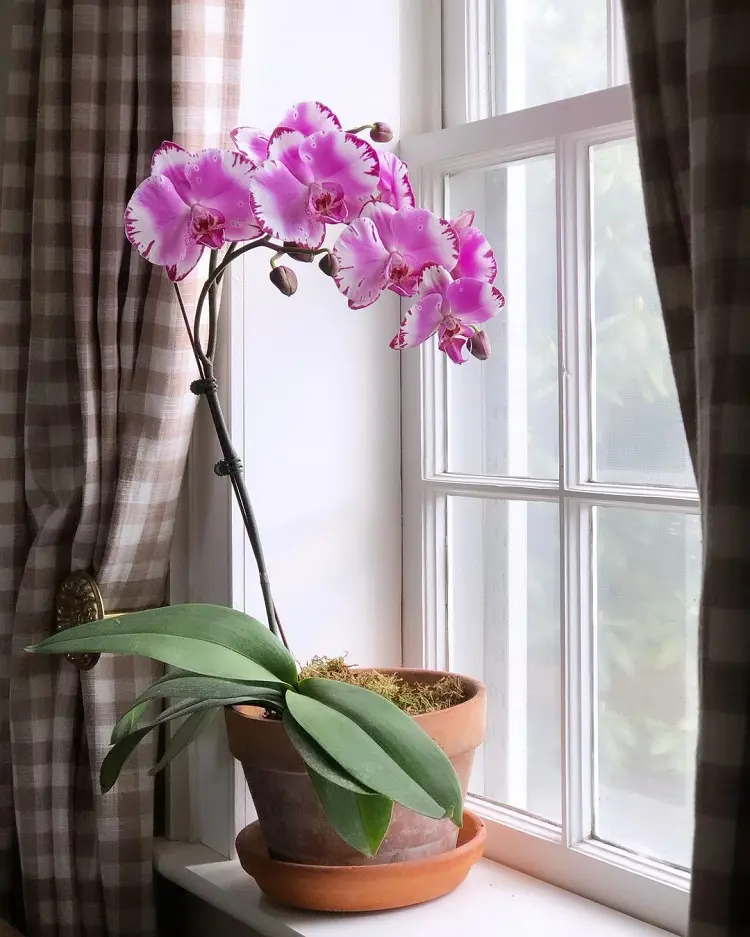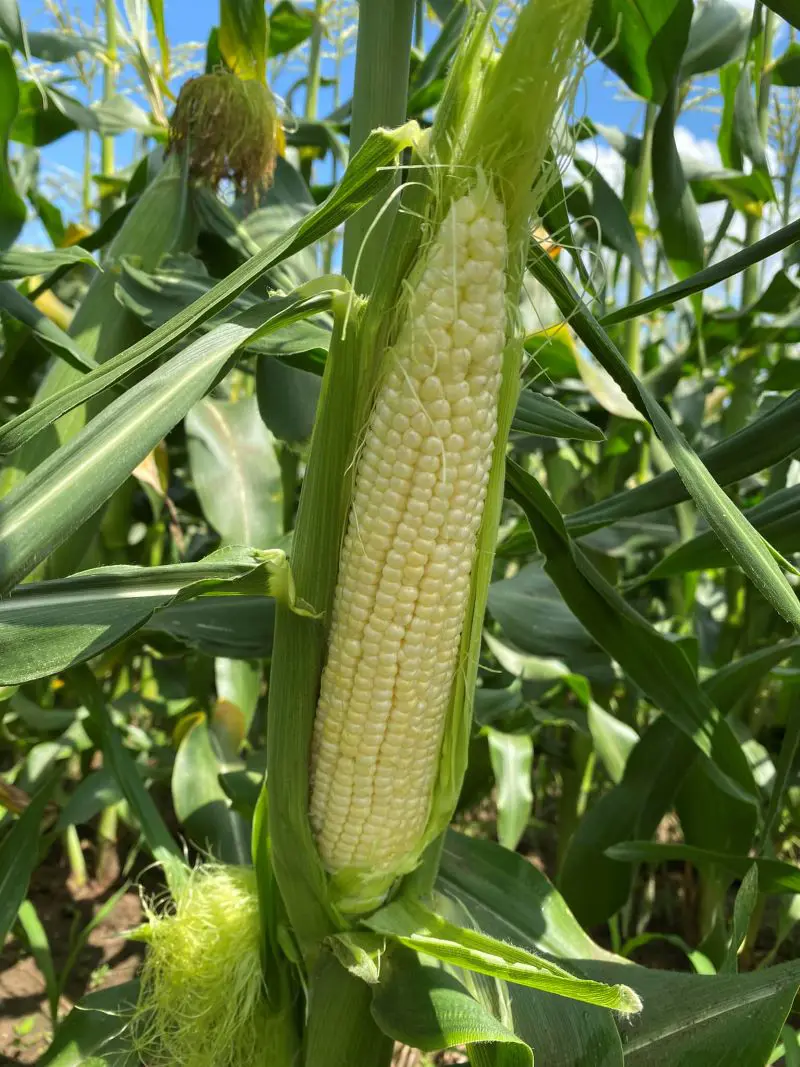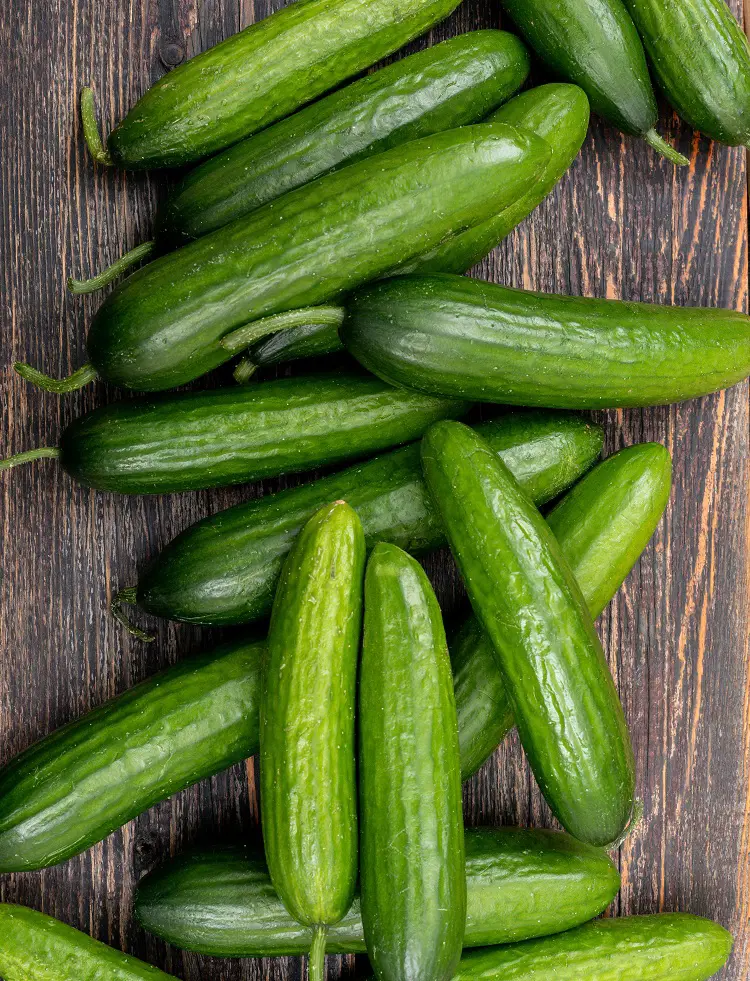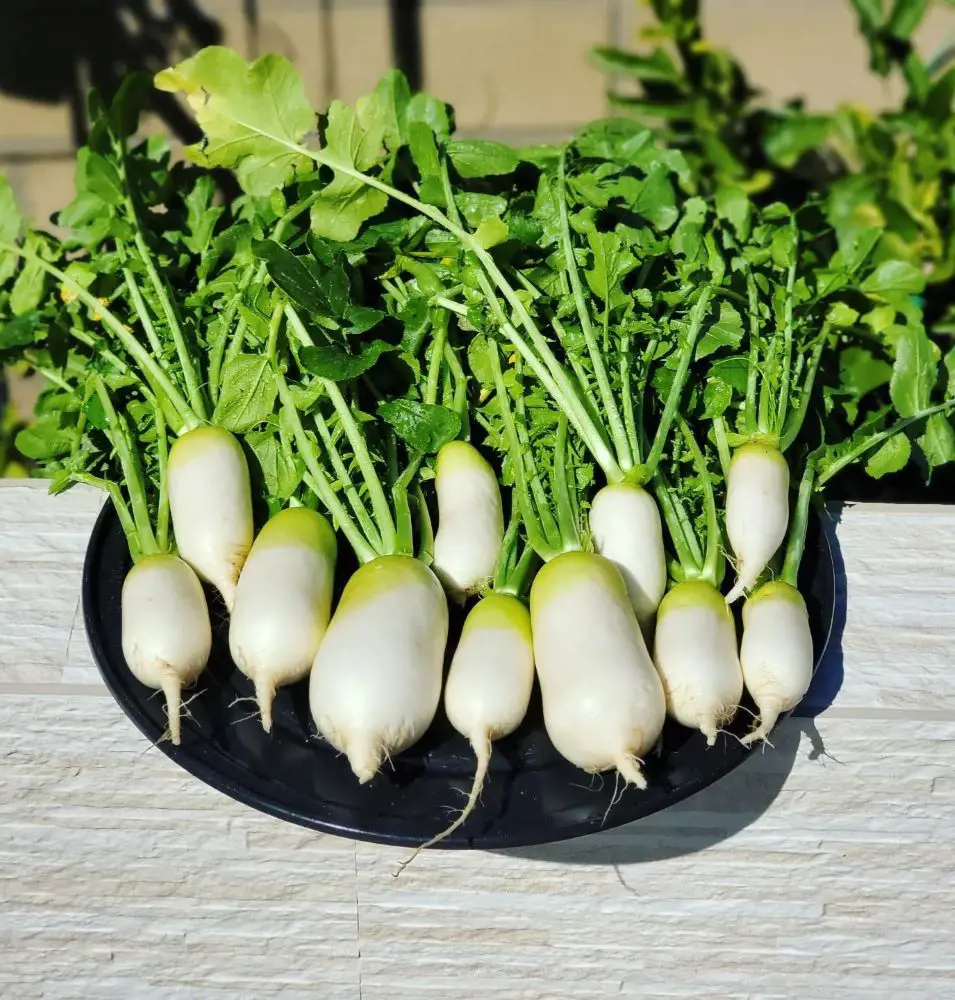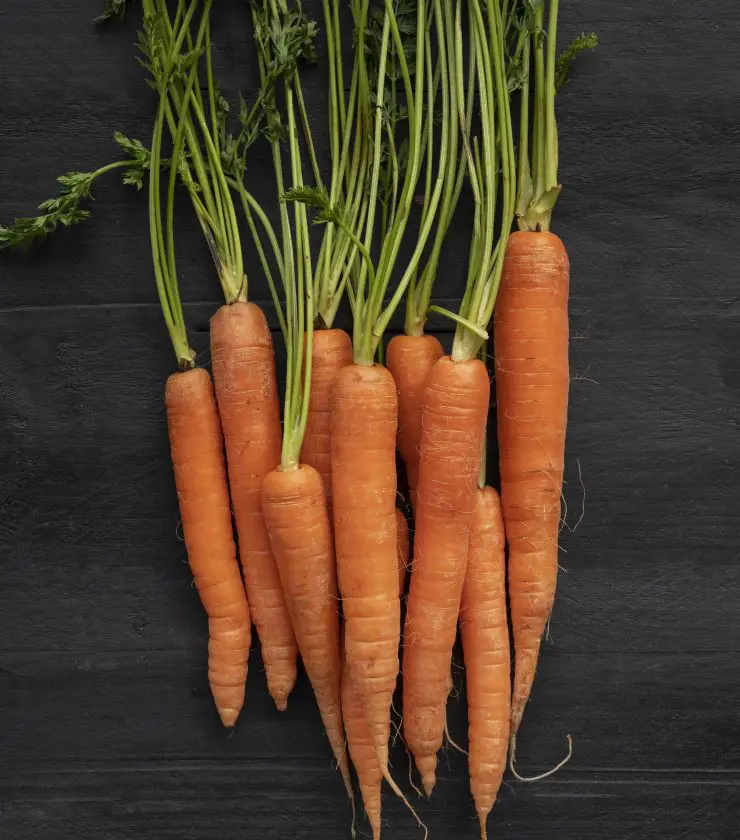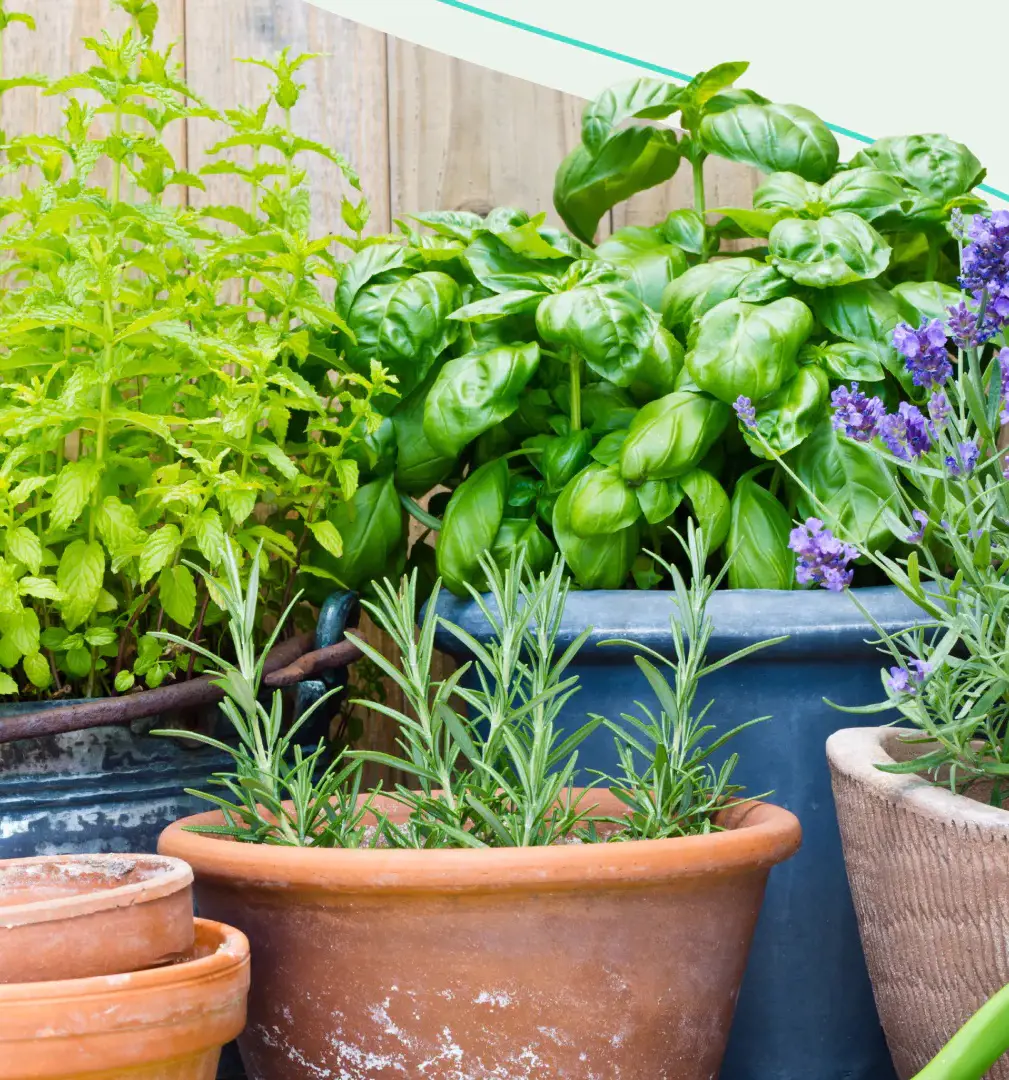How To Grow Ginger: Easiest Planting Guide For Beginners
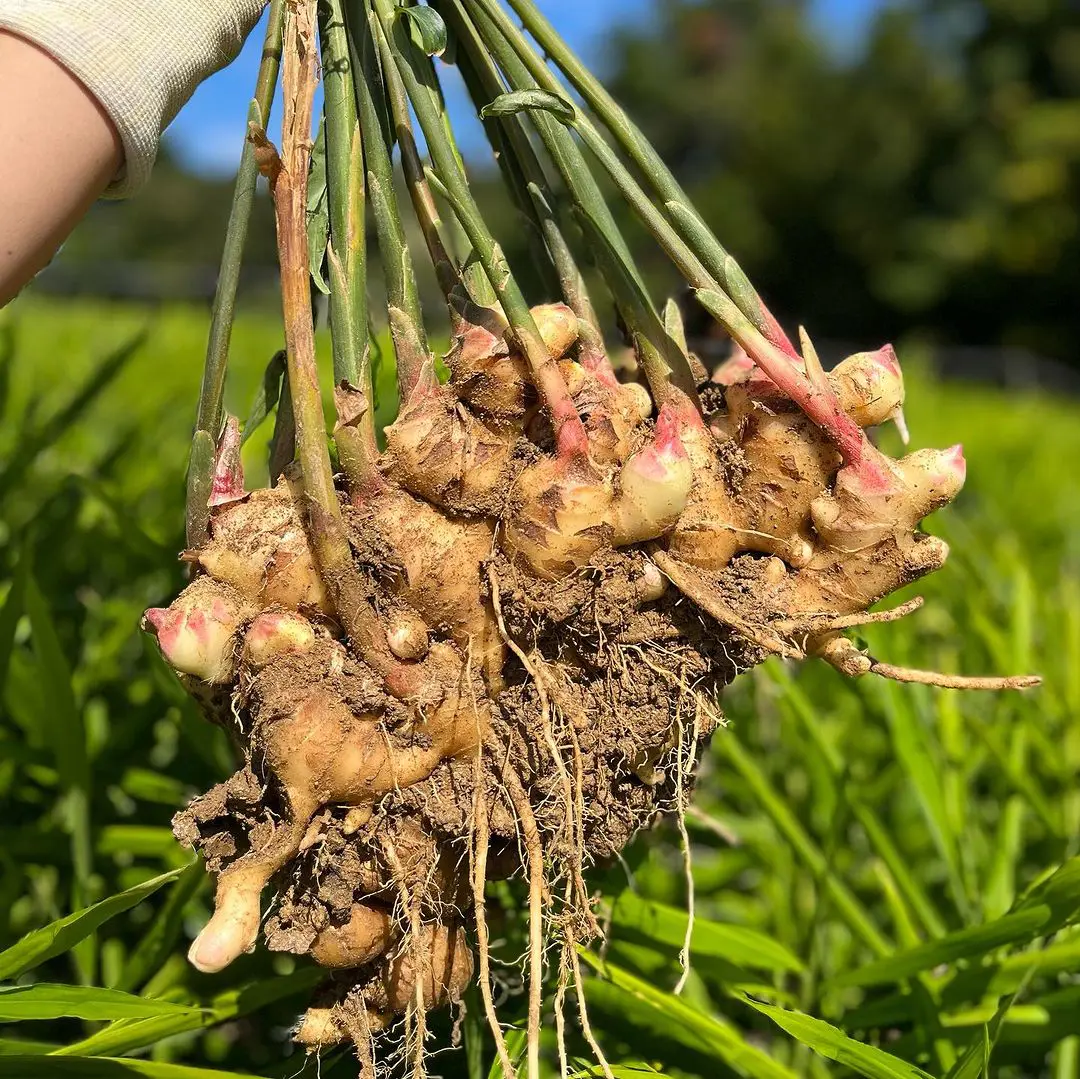
This post may contain affiliate links. If you make a purchase through links on our site, we may earn a commission.
Ginger, known for its aromatic flavor and various health benefits, is not only a popular kitchen ingredient but also a versatile plant that you can easily cultivate at home. This planting guide is designed to walk you through the essential steps, providing valuable insights and tips to ensure a successful ginger-growing journey.
From selecting the right ginger rhizomes to optimizing growing conditions, this guide will empower you to cultivate this tropical spice in your own garden or indoor space.
Brief Overview of Ginger
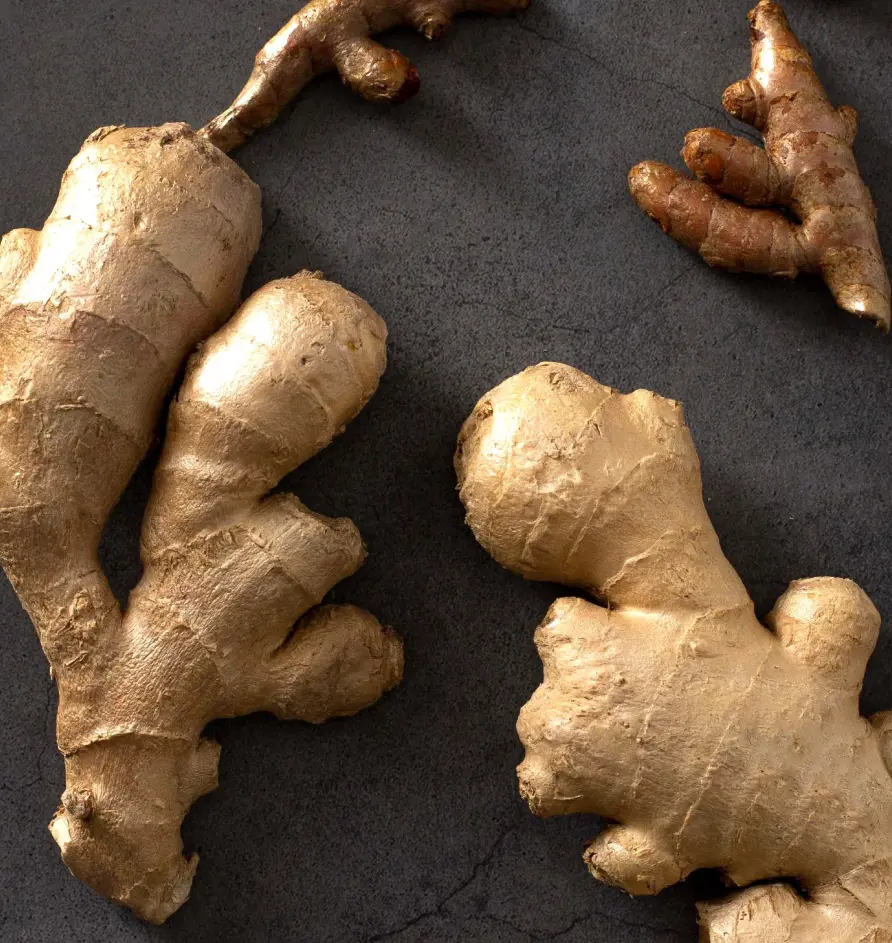
Ginger is the underground stem (rhizome) of the Zingiber officinale plant, a flowering herb belonging to the ginger family. Valued for its pungent aroma and spicy flavor, ginger has been used as a culinary and medicinal ingredient for centuries.
Ginger varieties differ in intensity and flavor profile. Common ginger is the most widespread and has a strong, sharp taste. Here are some information about ginger:
- Scientific name: Zingiber officinale
- Origin: Southeast Asia, likely India
- Taste: Pungent, spicy, and warm, with a slightly sweet and citrusy undertone
- Look: Light brown, knobby rhizome with fibrous flesh and a distinct, spicy aroma
- Types: Common ginger, white ginger, black ginger, and wild ginger
- Nutritional profile: Rich in vitamin B6, potassium, magnesium, manganese, and dietary fiber
- Culinary uses: Spice (fresh, dried, ground), seasoning for savory and sweet dishes, tea, marinades, pickles, stir-fries, sushi, candies, and beverages
- Medical uses: Used for centuries in traditional medicine, ginger has potential benefits for nausea, motion sickness, inflammation, pain relief, and digestion.
Things to Consider Before Growing Ginger
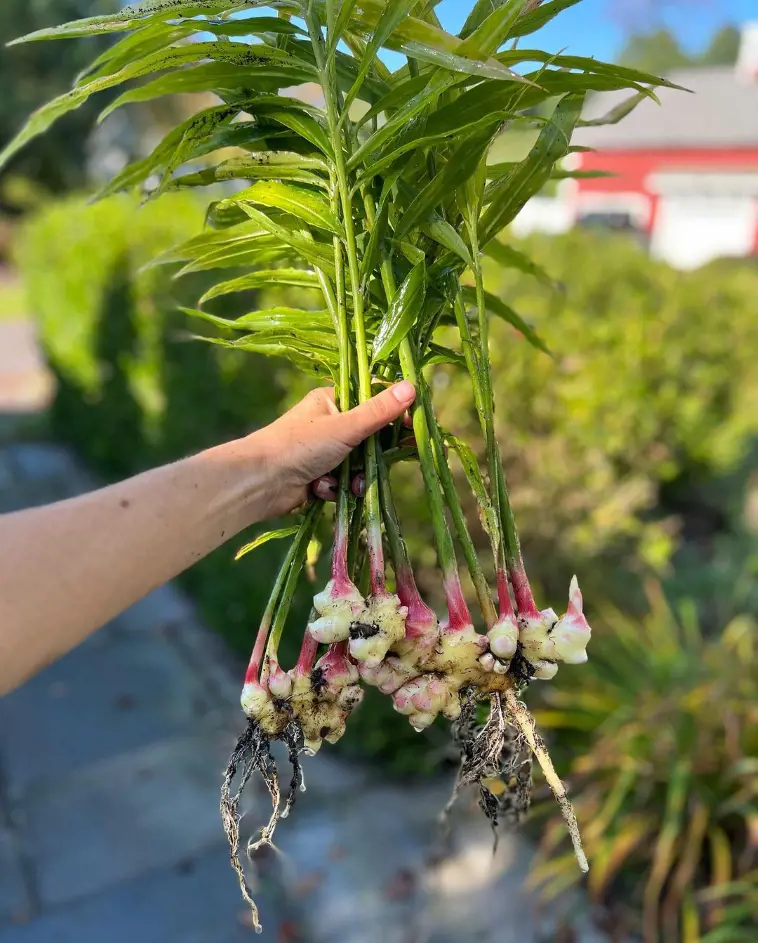
Before you dive into planting those rhizomes, there are crucial considerations to bear in mind. From choosing the right variety to understanding the ideal growing conditions, a successful ginger cultivation venture begins with thoughtful planning.
Here are some things to gather before planting ginger:
- A Ginger Root with "Eyes" or Knobs: Selecting a healthy ginger root sets the foundation for your plant's success.
- A Pot or Container with Drainage Holes: Consider pots made from breathable materials like clay or terracotta, as they allow for better air circulation around the roots.
- Potting Mix: Make your own potting mix by combining equal parts compost, garden soil, and perlite.
- Water: The right moisture level keeps the plant hydrated and encourages root development.
- Sharp Knife and Rooting Hormone (optional): While not essential, these tools can make the planting process easier and potentially promote faster ginger growth.
Now, here are a few of the easiest steps on how to grow ginger for beginners:
Choose the Right Ginger Rhizomes
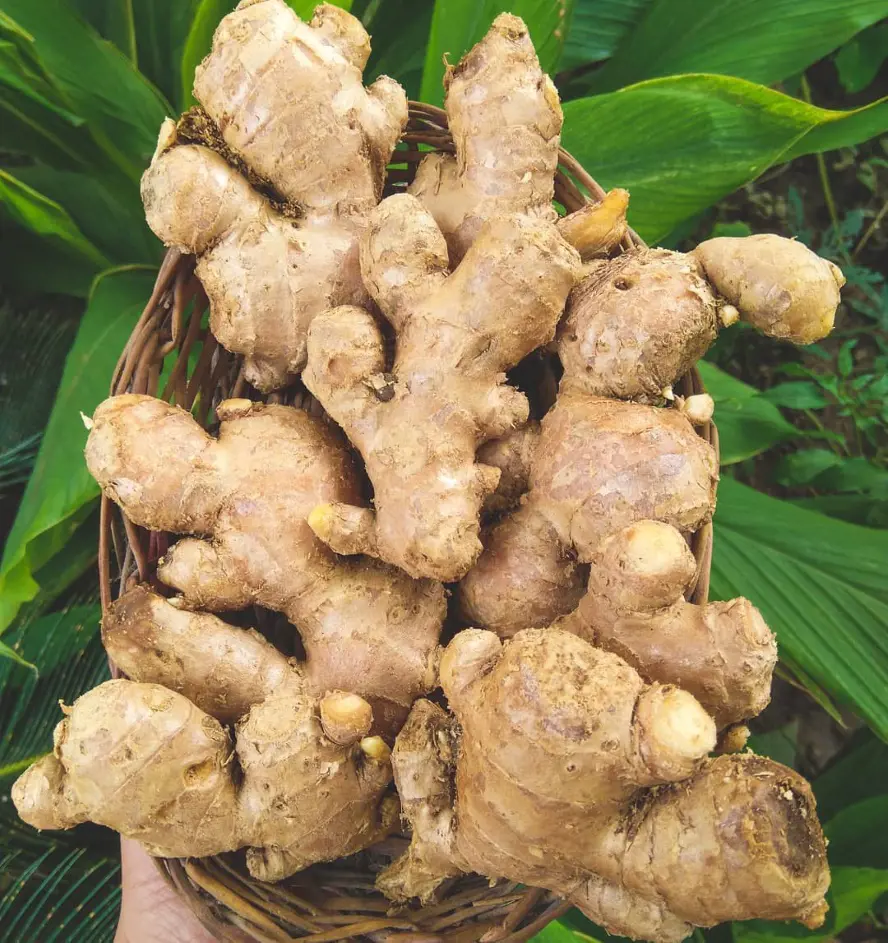
Select a plump, firm ginger root with healthy "eyes" or knobs, which are essentially buds that will sprout into new ginger plants. Avoid any shriveled or moldy parts, as they might not be as enthusiastic about growing.
Strong "eyes" mean vigorous growth, while fresh ginger ensures optimal nutrient levels.
Tips:
- Organic ginger is often a good choice, as it's less likely to have been treated with chemicals that could inhibit sprouting.
- If you can't find ginger with visible eyes, soak the root in warm water for a few hours before planting.
Prepare the Ginger
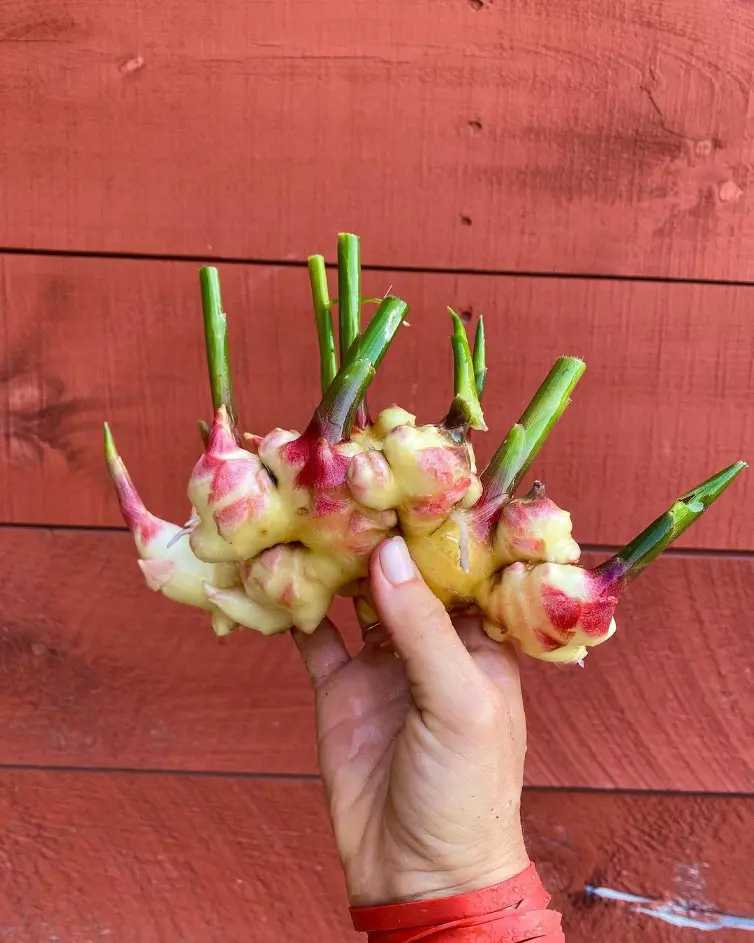
If the ginger piece is large, cut it into sections, making sure each piece has at least two or three eyes. Use a sharp knife and make clean cuts.
Dividing the ginger increases the number of planting points, boosting your chances of successful sprouting and, ultimately, a larger harvest.
Tips:
- If you're feeling fancy, dust the cut edges with cinnamon or turmeric powder; these natural antiseptics can help prevent rot.
- Don't be afraid to get creative! Experiment with different piece sizes to see what works best for you.
Prepare the Planting Containers
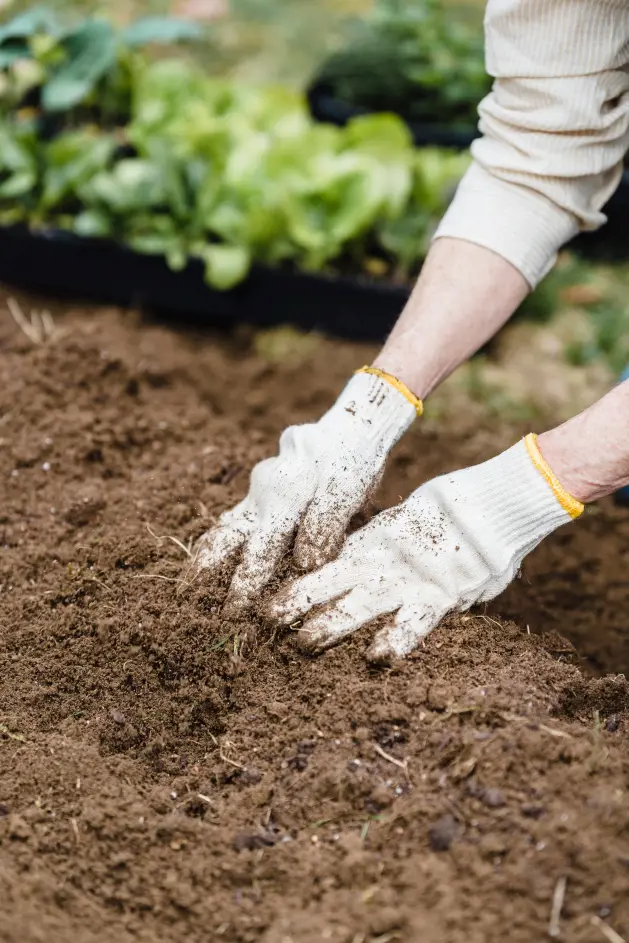
Choose a pot or container at least 12 inches deep and wide, as ginger has deep roots and needs space to spread. Fill it with a well-draining potting mix, like a blend of compost, peat moss, and perlite.
The right pot and potting mix provide essential support and drainage for your ginger to flourish, and good drainage prevents root rot.
Tips:
- Look for pots with drainage holes at the bottom to allow excess water to escape.
- If you're reusing an old pot, sterilize it thoroughly to prevent the spread of disease.
Plant the Ginger Rhizomes
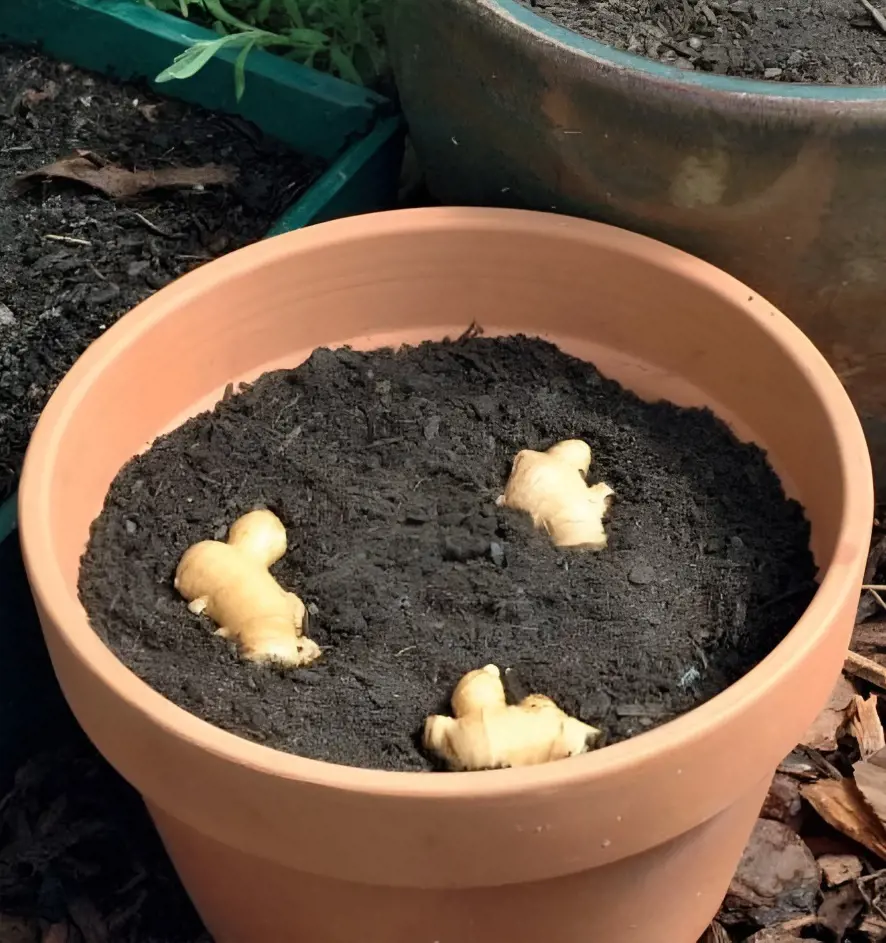
Place the ginger rhizomes in the soil with the buds facing upward. Plant them approximately 2 to 4 inches deep, leaving enough space between each rhizome.
Planting at the right depth ensures the ginger receives enough warmth and moisture to germinate. Deeper planting can hinder sprouting, while shallower planting might expose the ginger to drying out. Also, learn about the perfect time to plant vegetables.
Tips:
- Space the rhizomes about 8 inches apart to allow for proper growth.
- Gently water the soil after planting to settle it around the ginger sections.
Provide Optimal Growing Conditions
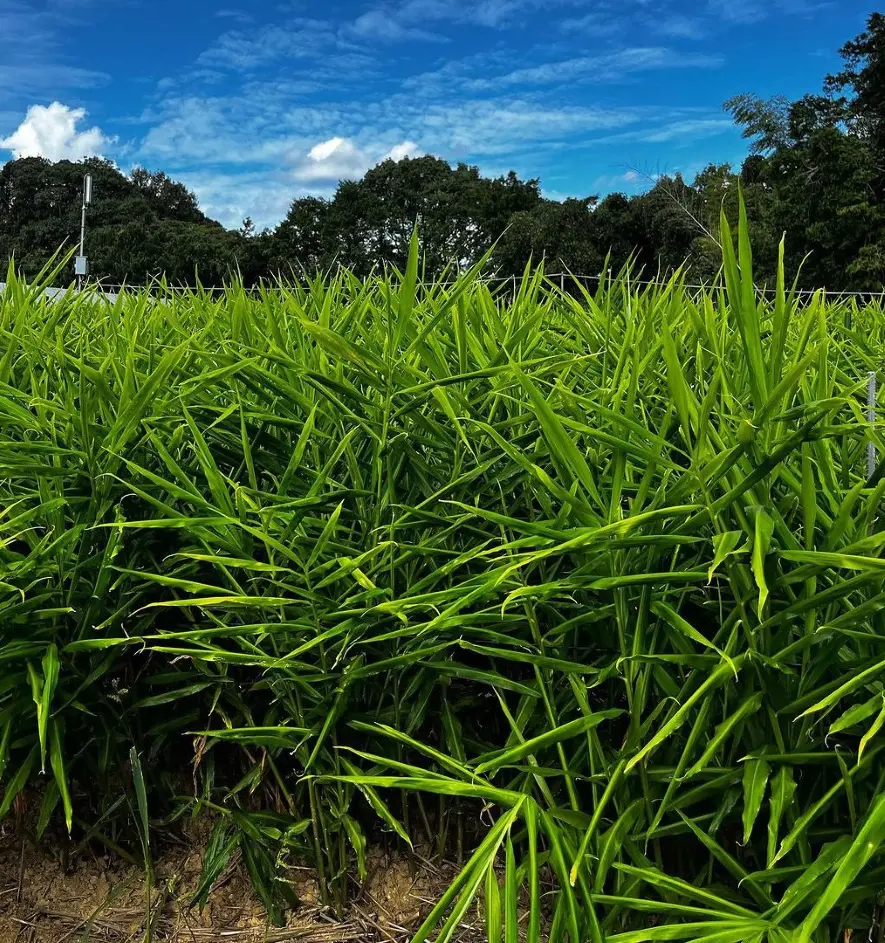
Ginger thrives in warm, humid environments. Ensure your ginger plants receive filtered sunlight or partial shade. Maintain a consistent temperature between 75 and 85°F (24 and 29°C).
Keep the soil consistently moist but not waterlogged. The ideal type of soil for ginger growing is loose, loamy, and rich in organic matter.
- If growing indoors, consider placing the pots near a sunny window or providing artificial light for at least 6–8 hours a day.
- Rotate the pot occasionally to ensure even growth and sunlight exposure.
Watering and Fertilizing
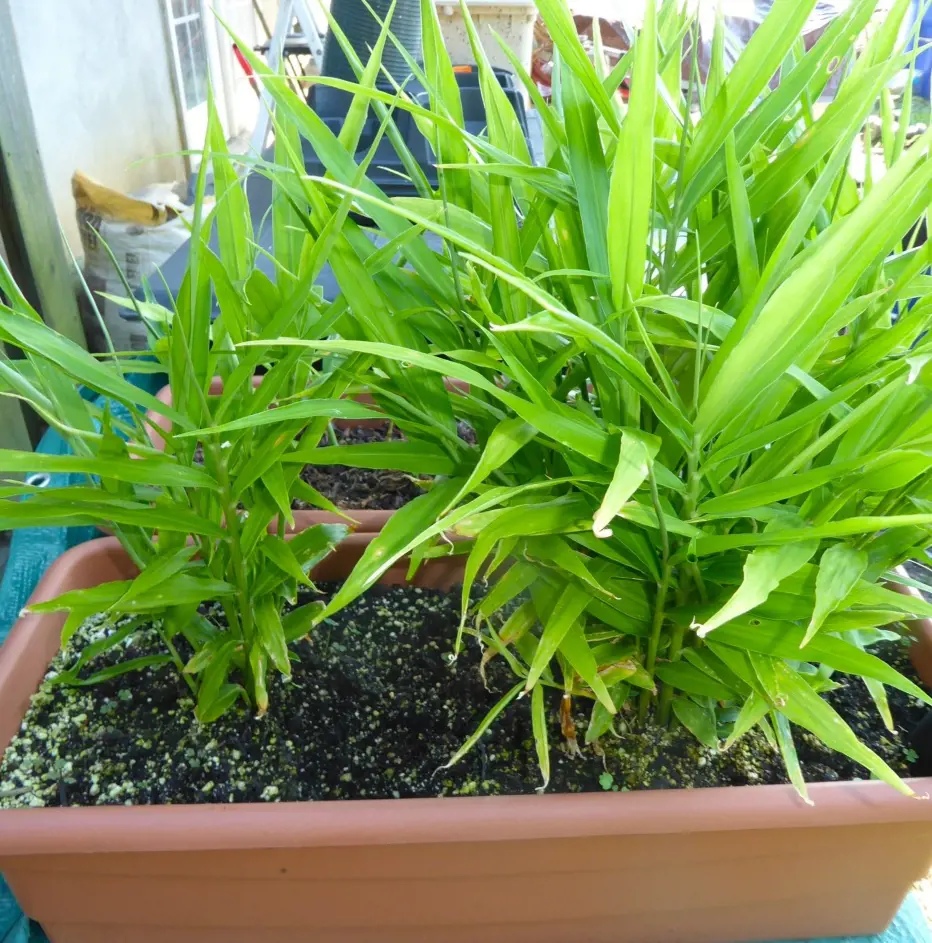
Water the pot regularly to keep the soil moist but not soggy. Aim for the consistency of a damp sponge.
However, avoid overwatering, as ginger is susceptible to root rot. Use a balanced liquid fertilizer every 2–4 weeks during the growing season to promote healthy growth.
Tips:
- Mulch the soil surface to retain moisture and suppress weeds.
- Mist the leaves regularly, especially in dry climates, to increase humidity around the plant.
Patience and Watchful Waiting

Ginger takes time to grow, and it's crucial to be patient. The first shoots should emerge within 2–3 weeks. As the plant grows, additional shoots will appear.
Ginger typically takes 8–10 months to reach maturity.
Tip:
- Be vigilant for pests like aphids or spider mites; treat them promptly to ensure a healthy crop.
Harvesting Ginger
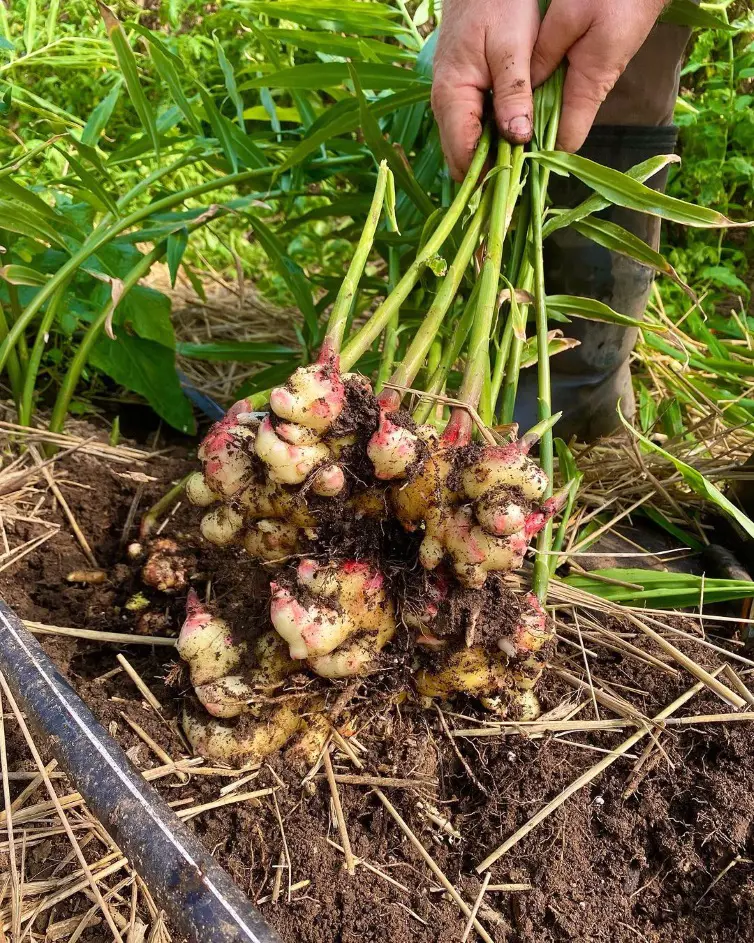
Once your ginger plant reaches about 12 inches tall and the leaves start to turn yellow, it's harvest time! Carefully dig up the pot and gently remove the ginger roots.
Harvesting at the right time ensures the ginger has reached its full flavor and aroma potential. Leaving it in the ground for too long can make the roots tough and fibrous.
Tips:
- Use a hand trowel or fork to carefully loosen the soil around the ginger roots.
- Rinse the ginger roots gently under running water to remove any dirt.
- You can store fresh ginger in a cool, dark place for up to two weeks, or freeze it for longer
How Long Does it Take To Grow Ginger?
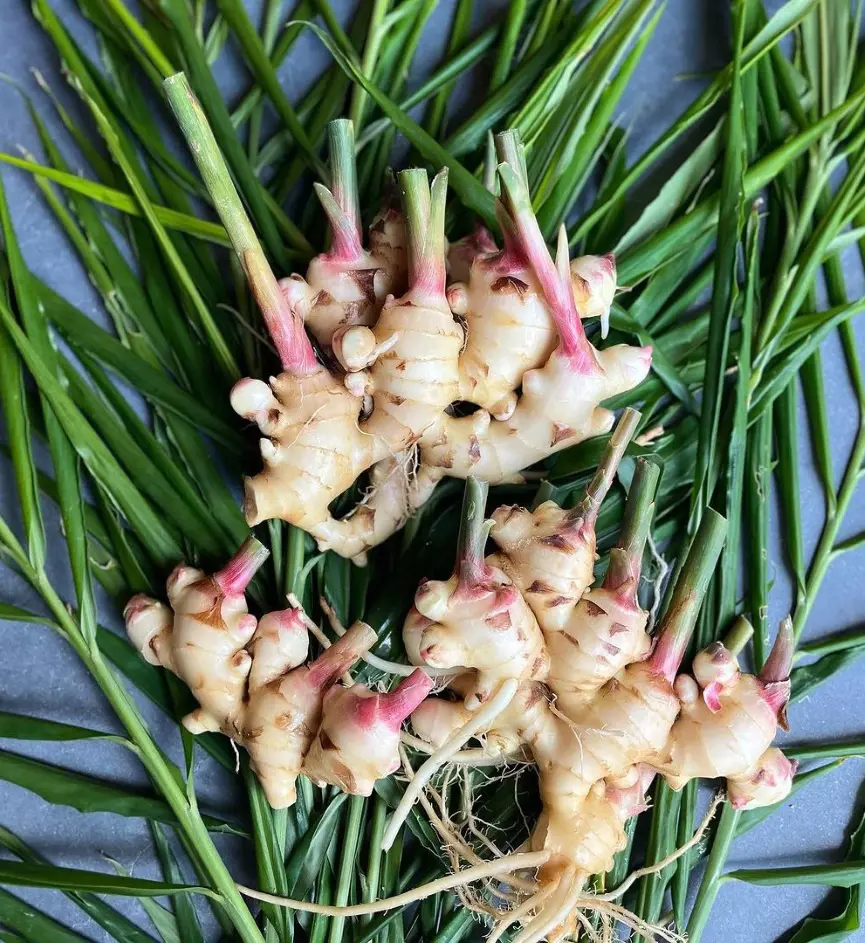
The journey from planting a ginger root to harvesting its fragrant reward takes approximately 8–10 months, but it's a delightful adventure filled with anticipation and delicious rewards! Here's a breakdown of the timeline in key points:
Germination (2-4 weeks):
- After planting, it takes around 2–4 weeks for those "eyes" on the ginger root to sprout into tiny green shoots.
- Keep the soil moist but not soggy during this crucial phase.
- Warmth (around 70°F) and indirect sunlight are your ginger's best friends.
Growth and Development (4–8 months):
- Watch those shoots transform into leafy stalks! Ginger plants grow steadily, reaching about 12 inches tall within 4–8 months.
- Consistent watering is vital but avoid overwatering.
- Enjoy the fragrant aroma filling your space.
Harvesting Time (8–10 months):
- When the leaves start turning yellow, it's harvest time. Ginger is usually ready after 8–10 months.
- You can harvest small pieces as needed or dig up the entire plant for a bigger bounty.
- Fresh ginger can be stored in a cool, dark place for up to two weeks or frozen for longer enjoyment.
How To Store Ginger?
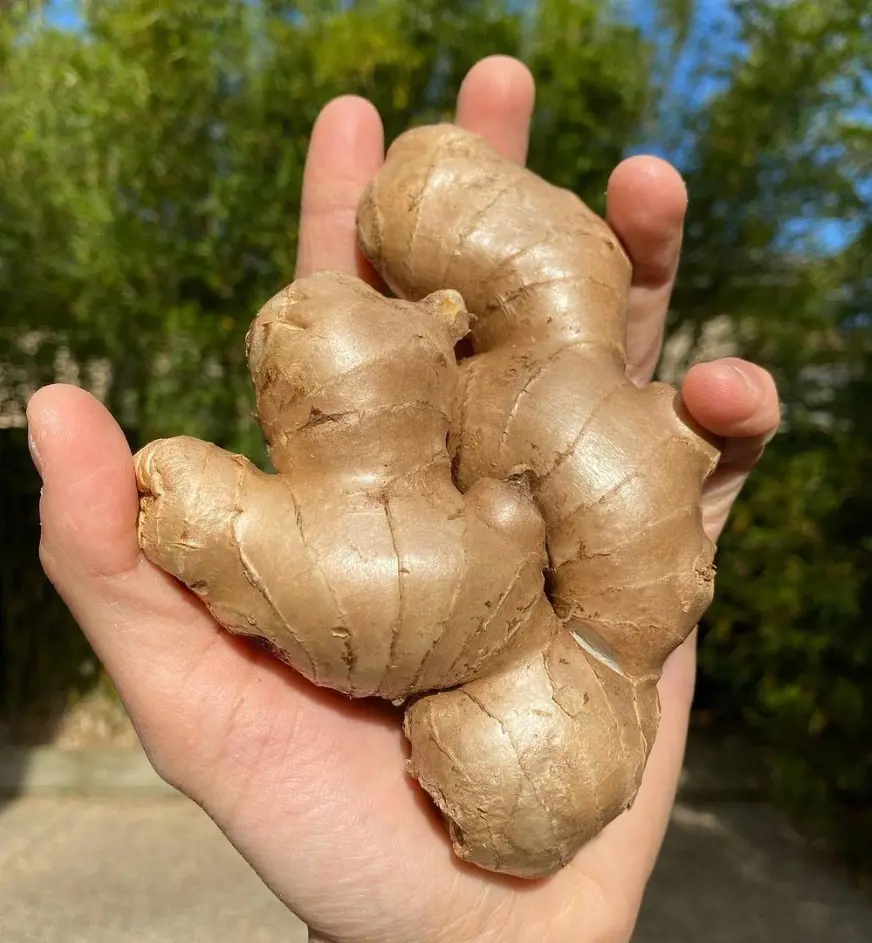
Ginger is a versatile ingredient, but knowing how to store it properly ensures you get the most out of its flavor and aroma. Here are some options for storing ginger, depending on your needs:
Fresh Ginger:
- Room temperature (up to 2 weeks): Store whole ginger in a cool, dark, and well-ventilated place, like your pantry or a mesh bag in a drawer. Avoid plastic bags, which can trap moisture and lead to mold.
- Refrigerator (up to 2 months): Wrap individual pieces of ginger in a damp paper towel or place them in a resealable container with some damp paper towel at the bottom. This will keep them hydrated, but avoid letting them sit in water.
- Freezer (up to 6 months): Peel and chop or grate the ginger before freezing. Store it in an airtight container or freezer bag. You can even freeze it in ice cube trays for convenient portions.
Dried Ginger:
- Store whole dried ginger pieces in an airtight container in a cool, dark place for up to 6 months.
- Grind dried ginger pieces as needed and store the powder in an airtight container in a cool, dark place for up to 3 months.
Other Tips:
- Don't store ginger near strong-smelling foods, as it can absorb their odor.
- Avoid cutting into ginger more than you need at once, as the exposed flesh dries out faster.
- If your ginger starts to get moldy, discard it immediately.
Recent posts
How To Grow
How To Grow
How To Grow Garlic
A bulbous member of the onion family, garlic is prized for both its potent flavor and a variety of therapeutic applications. Due to its relative ease of cultivation, it is a favorite among home gardeners and a pioneer in kitchens worldwide. Garlic ma...
How To Grow
How To Plant and Grow Orchids
Orchids are one of the prettiest and most interesting flowers out there, with over 30,000 types and 200,000 hybrids. They are one of the biggest families of plants and can grow indoors or outdoors. However, growing and taking care of orchids is not e...
How To Grow
How To Plant, Grow And Harvest Corn All By Yourself
Growing your popcorn or sweet corn at home garden can seem like an interesting idea. However, it requires a large amount of space to grow as it is a tall plant that needs plenty of room to spread out. But, if you want to enjoy freshly popped po...
How To Grow
How To Plant, Grow And Care Cucumbers
Growing cucumbers is like going on a fun journey where you get to plant and pick your very own crunchy veggies. It's not just about having tasty cucumbers, it's also about the joy of seeing your plants grow. Whether you have a big garden or a small b...
How To Grow
How To Plant, Grow And Care Radishes In Your Garden
Growing radishes in your garden is a fantastic way to enjoy crisp and peppery veggies that you've nurtured from seed to plate. It's a straightforward process that anyone can try, even if you're new to gardening. In the following 12 steps, we'll guide...
How To Grow
How to Plant, Grow And Care For Spinach?
Growing leafy greens in your backyard garden is both healthy and fun. Spinach can be the best leafy green to start with as it is relatively easy to grow from scratch and can be harvested in about a month from planting. It thrives in spring or fall in...
